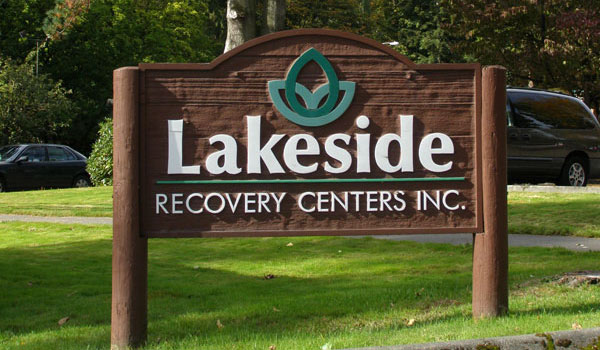The workplace offers unique advantages as a setting for preventative efforts which address drug and alcohol abuse. Educational sessions in this environment may reach a broader audience, including populations which would otherwise lack access to prevention programs. Today, researchers recommend that employers offer workplace programs about drug and alcohol abuse.
Why Workplace Training?
We devote a lot of our time to work – on average, Americans spend between 40 and 60 hours per week in the office. For this reason, workplace programs about substance use have considerable potential to reduce rates of addiction nationwide. These lessons can train employees to identify potential substance use disorders in themselves and others, while also encouraging them to take preventative measures to protect their health. Additionally, employers have several well-defined means at their disposal for intervening in instances of substance misuse. With these benefits in mind, how can employers successfully host educational programs in the workplace?
Preparing the Workplace
Over the past 25 years, more and more workplaces have begun introducing programs to prevent and treat substance use among employees. While these may vary in structure, primary prevention programs almost universally involve health promotion, education, and referral to treatment when necessary. This approach is often more cost-effective and can serve to educate and inform one’s staff.
Secondary prevention efforts are often included as well; rather than targeting the general workforce, these programs help those who are already affected by substance use. The majority of American employers offer EAPs – employee assistance programs – which can be helpful in addressing a worker’s addiction. Their goal is to prevent loss of employment and to ensure that the worker continues their career without interruption. When used effectively, this model can save time and money for employee and employer alike.
SAMHSA, the Substance Abuse and Mental Health Services Administration, offers advice for employers seeking to prepare their workplace for a drug-free policy and programming. They recommend…
- Informing everyone at all levels about the specifics of your policy and the strategies and programs that support health, wellness, and a drug-free workplace.
- Motivating employees to support the policy and its accompanying educational efforts.
- Ensuring that everyone understands that a drug-free workplace is more likely to be safe, healthy, and productive.
- Creating a shared sense of responsibility.
- Developing a process to continually review and update your policies and programs.
In addition to these steps, it is vital for the employers to create a culture which supports workers who require treatment. Many employees do not seek help for their substance use because they are concerned about the stigma tied to these issues. By building an open and safe environment in the workplace, employers can ensure that workers feel comfortable coming forward to seek help when needed.
Human resources should address the concerns of workers, including those who are interested in a range of health promotion and wellness issues, and their families. Supervisors should seek to maintain a healthy, safe, and positive environment for all – they do not need to treat anyone differently, try to humiliate an employee, or diagnose anyone. Above all, managers and supervisory staff should encourage employees to deal with work-related problems that may (or may not) be connected to substance abuse.
Mitigating Risk Factors at Work
The workplace can also be a source of stress, anxiety, and overwhelm. By addressing these elements of a person’s day, employers can reduce the likelihood of attempts at self-medicating. First, identify and address work environments with toxic connections to substance use. For example, if your company regularly emphasizes drinking at happy hours or client meetings, seek to change that status quo. Additionally, if your workplace culture is rooted in independent work, be sure that you have gone out of your way to foster connection. When workers feel alienated or isolated, they are more likely to drink or use drugs. By creating a healthy workplace culture, you can help employees to live healthier, happier lives.
Addressing Substance Use
The best way to avoid addiction is to provide preventative education and helpful resources to your employees. Remember that addiction is a complex but treatable disease that affects a person’s health and behavior. It is vital for individuals who have begun misusing drugs and alcohol to receive evidence-based treatment as soon as possible.
At Lakeside-Milam, our Drug and Alcohol Consulting Services (DACS) provide assessments 24 hours a day, 7 days a week. These services can identify an addiction before a person hits rock bottom and are completely free of charge. We also provide ongoing substance use disorder in-service and training at no cost. To learn more about workplace intervention for substance abuse, contact Lakeside-Milam today.






